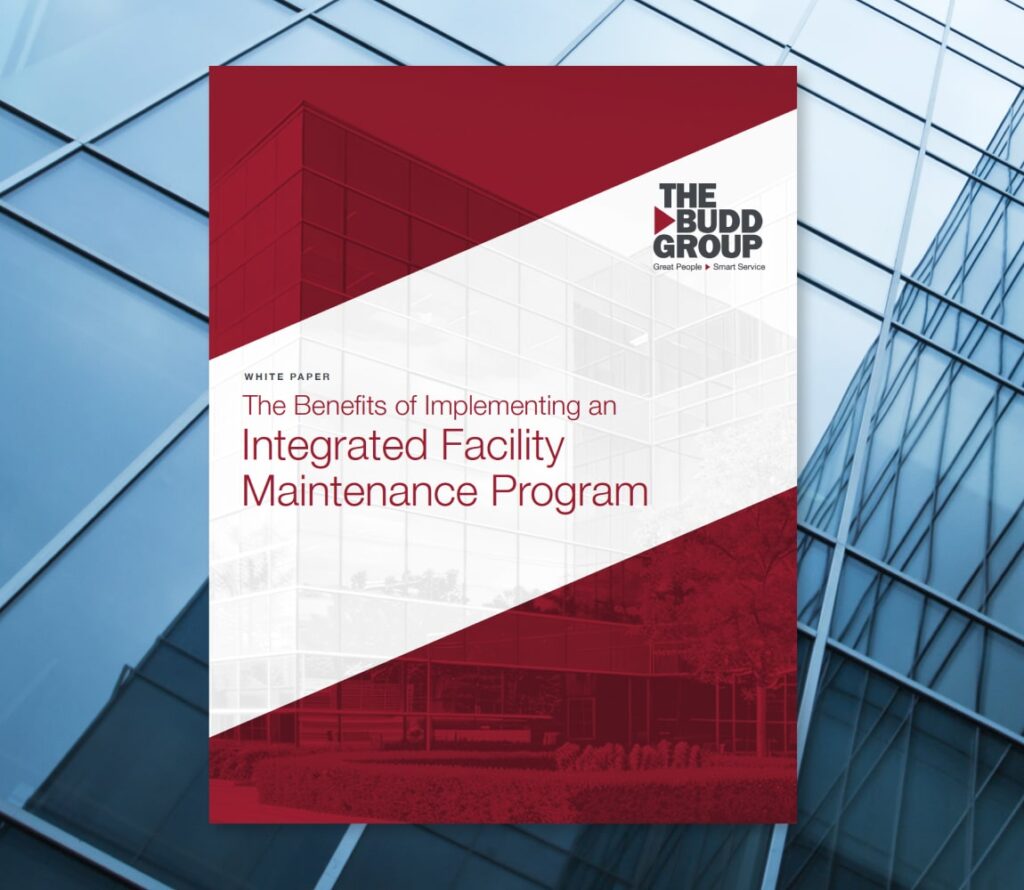By: Salah Qutaishat, PhD
Infectious Disease Epidemiologist
Measles outbreak fears continue to rise as children return to school this fall. While The World Health Organization (WHO) declared measles officially eliminated from the United States in 2000, the country is currently experiencing the highest surge it has in three decades – with a total of 1,399 confirmed cases nationally. Beginning in West Texas, other major outbreaks in North America have also occurred in Mexico and Canada in unvaccinated and under-vaccinated communities.
While measles is a serious, highly contagious disease, the good news is that two doses of the measles, mumps and rubella (MMR) vaccine is 97% effective, and the virus can be killed with proper surface cleaning and disinfection.1 As children return to school, it’s essential to understand what the virus is, how it spreads and steps to take to reduce exposure and risk in facilities.
Below are answers to commonly asked questions about measles.
Q: What is measles and how does it spread?
A: Measles, also known as rubeola, is an enveloped, single-stranded RNA virus. Extremely contagious, the airborne virus spreads among humans when an infected person coughs, sneezes or talks. Droplets that land on surfaces can remain infectious for up to two hours.2 An individual is contagious four days before the rash appears and four days after. Approximately 90% of people who haven’t had measles or are not vaccinated will become infected if exposed.3 However, unlike COVID-19 and Influenza which can spread rapidly based on transmission since the vaccine is not a perfect match for the different variants, most Americans are vaccinated against measles which creates herd immunity to help stop the disease in its tracks.
Q: What are the symptoms?
A: Initial symptoms include a fever as high as 105°F, along with a dry cough, runny nose and red eyes known as conjunctivitis. After these early symptoms, tiny white spots called Koplik spots often appear in the mouth. Three to five days later, the hallmark maculopapular rash appears. This rash consists of both large, flat spots and small raised bumps, which often begins on the face and neck and spreads down the trunk of the body. Measles is a serious illness because it can lead to severe and sometimes fatal complications including pneumonia and encephalitis which causes the brain to swell. It can also weaken the immune system and make infected individuals more susceptible to other diseases.
Q: What is the history of measles?
A: In 1912, measles was established as a nationally notifiable disease, requiring all U.S. healthcare providers to report confirmed cases. Prior to the vaccine, most children got the measles before the age of 15. According to the Centers for Disease Control (CDC), up to 4 million people in the United States were infected each year. Of that, it’s estimated that 48,000 people were hospitalized, 1,000 people suffered brain swelling from encephalitis and as many as 500 people died due to complications every year.4
Q: Why is there a measles surge now?
A: According to the CDC, MMR vaccine coverage for kindergartners in the U.S. is now below the 95% target in the country.5 In some communities, it is much lower, which decreases herd immunity further. Decreasing vaccination, combined with increased international travel have allowed outbreaks to occur more often.

Tips to Prevent School Outbreaks
While measles activity is low in most areas across the United States, it’s critical for educational institutions to always be prepared for infectious disease situations. Tips to control measles cases in schools include:
- Establish an infection control plan – To proactively protect students and staff, establish an infection control plan or update the current plan to include measles guidance. Staff should be trained to identify suspected signs and symptoms and isolate sick students immediately. Childcare workers should always wear gloves when dealing with all bodily fluids to reduce the risk of infection. Suspected cases should be reported to the local health department immediately. Notify all individuals that may have been exposed promptly and continuously enforce a strict policy for all students and staff to stay home when experiencing any signs and symptoms of illness.
- Monitor national and local measles cases – For accurate, up-to-date information regarding national measles activity, monitor the CDC website. If local cases occur, check with state and local health departments for further guidance to help prevent an outbreak.
- Clean and disinfect surfaces correctly and often – Cleaning and disinfecting surfaces correctly is the most effective way to reduce transmission in a facility. Since measles can actively live on surfaces, reducing the number of microbes will help eliminate the spread. To kill the measles virus, use an EPA-registered disinfectant that is effective against Hepatitis B viruses and HIV.6 Follow the manufacturer’s instructions and wait the proper dwell time to effectively kill the virus. Routinely clean and disinfect all high touch surfaces including door handles, light switches and desks to help reduce transmission rates of measles and other infectious diseases.
- Maintain proper air filtration – Since measles is an airborne disease that can remain infectious for up to two hours, air should be filtered properly through the HVAC system to trap pathogens. If available, use high efficiency particulate air (HEPA) filters proven to capture 99.97% of particles. This type of air filter effectively removes dust, pollen, mold, bacteria, and any airborne particles with a size of 0.3 microns. Ensure the filters are changed often and are installed properly for optimum protection.
With several decades of experience delivering professional disinfection services, The Budd Group has the expertise and resources to help protect facilities from various pathogens and contaminants efficiently and safely. It also offers comprehensive air quality services to provide healthier indoor environments. For more information about The Budd Group’s disinfection and indoor air quality services, visit www.buddgroup.com/disinfection-services and https://www.buddgroup.com/breathewell-air-quality-program-with-the-budd-group/. For more information on measles, visit https://www.cdc.gov/measles/data-research/index.html.
1. https://www.cdc.gov/measles/vaccines/index.html
2. https://www.cdc.gov/measles/causes/index.html
3.https://www.mayoclinic.org/diseases-conditions/measles/symptoms-causes/syc-20374857
4. https://www.cdc.gov/measles/about/history.html
5. https://www.cdc.gov/measles/data-research/index.html
6. https://www.osha.gov/measles/control-prevention

